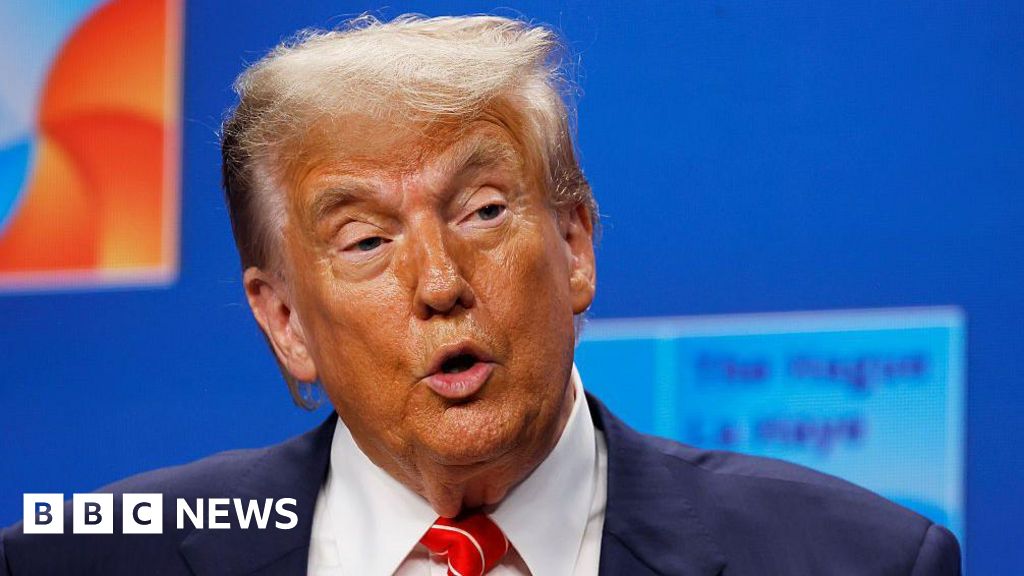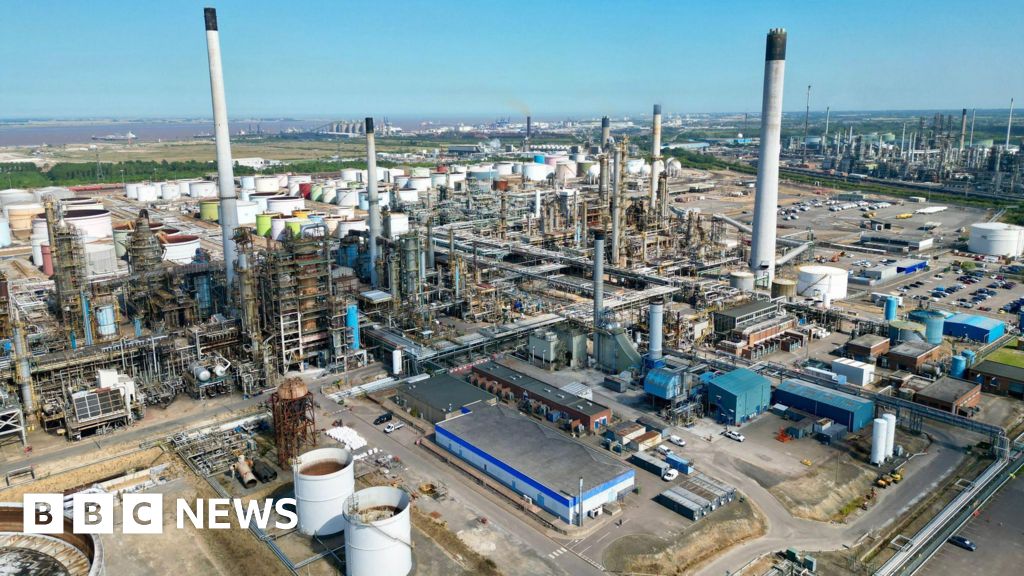Stay informed with free updates
Simply sign up to the US interest rates myFT Digest — delivered directly to your inbox.
The Federal Reserve on Wednesday held interest rates at a 22-year high, but most officials forecast that the US central bank would implement 75 basis points worth of cuts next year.
The unanimous decision from the Federal Open Market Committee extends a pause in monetary policy moves that has been in place since July, leaving the federal funds rate at 5.25 per cent to 5.5 per cent.
But new economic projections from individual central bank officials suggested they saw greater scope for the Fed to lower interest rates next year than in previous projections.
The so-called dot plot showed that most officials expected rates would end next year at 4.5-4.75 per cent, suggesting three quarter-point cuts from current levels. The dot plot showed expectations for rates to fall even lower in 2025, with most officials forecasting rates would end up between 3.5 per cent and 3.75 per cent.
In a statement, the Fed spelt out the conditions under which it would consider “any additional policy firming that may be appropriate to return inflation to 2 per cent over time” — softer language that suggests the central bank may not see a further need to raise rates again.
US Treasury yields fell and stocks ticked higher after the Fed’s statement. The two-year Treasury yield, which moves with interest rate expectations, fell 0.18 percentage points to 4.54 per cent, its lowest level since December 1. The 10-year Treasury yield fell 0.13 percentage points to 4.07 per cent, its lowest since September 1.
Stocks ticked higher, with the benchmark S&P 500 rose 0.5 per cent.
The latest decision comes as the Fed tries to keep monetary policy tight enough to drive inflation back down to its 2 per cent target without damaging the economy and causing too many job losses.
Officials have pledged to move “carefully” with policy decisions, keeping the possibility of further rate rises on the table if warranted by the data, while keeping under wraps their view of when or how deeply they might cut rates next year.
Some traders in futures markets had expected the central bank to begin lowering borrowing costs as early as March, although this week’s inflation data and a solid jobs report on Friday prompted more bets that cuts will begin in May. Leading up to Wednesday’s rate announcement, traders had wagered interest rates could fall more than a percentage point next year.
Projections from Fed officials for unemployment were barely changed from September, with officials still expecting only a slight uptick in the jobless rate to 4.1 per cent in 2024, from 3.8 per cent this year.
However, estimates for core inflation, as measured by the personal consumption expenditures index, were lowered slightly, with officials expecting it to hit 2.4 per cent in 2024 and 2.2 per cent in 2025. In September, median projections showed inflation hitting 2.6 per cent in 2024 and 2.3 per cent the following year.
To consider rate reductions, the Fed needs to be confident that inflation is trending back to 2 per cent in a sustainable way. If slower consumer price growth is accompanied by a sharp rise in unemployment, the rationale to cut would be clear.
The looming question is what happens if the economy holds up as inflation falls. Some officials such as John Williams, president of the New York Fed, and Christopher Waller, Fed governor, have suggested that loosening monetary policy could still be necessary so that interest rates, once adjusted for inflation, do not become too restrictive for households and businesses.
In a recent poll conducted by the Financial Times and University of Chicago Booth School of Business, most academic economists who responded to the survey expected the Fed to hold off on cuts until at least July 2024, and lower rates by half a percentage point or less by year end.
Credit: Source link











